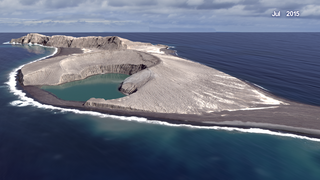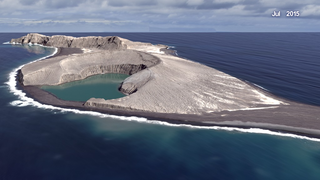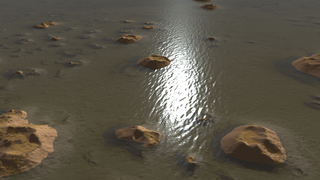Earth
ID: 12800
In late December 2014, a submarine volcano in the South Pacific Kingdom of Tonga erupted, sending a violent stream of steam, ash and rock into the air. The ash plumes rose as high as 30,000 feet (9 kilometers) into the sky, diverting flights. When the ash finally settled in January 2015, a newborn island with a 400-foot (120-meter) summit nestled between two older islands – visible to satellites in space.
The newly formed Tongan island, unofficially known as Hunga Tonga-Hunga Ha'apai after its neighbors, was initially projected to last a few months. Now it has a 6- to 30-year lease on life, according to a new NASA study.
Hunga Tonga-Hunga Ha'apai is the first island of this type to erupt and persist in the modern satellite era, it gives scientists an unprecedented view from space of its early life and evolution. The new study offers insight into its longevity and the erosion that shapes new islands. Understanding these processes could also provide insights into similar features in other parts of the solar system, including Mars.
"Volcanic islands are some of the simplest landforms to make," said first author Jim Garvin, chief scientist of NASA's Goddard Space Flight Center in Greenbelt, Maryland. "Our interest is to calculate how much the 3D landscape changes over time, particularly its volume, which has only been measured a few times at other such islands. It's the first step to understand erosion rates and processes and to decipher why it has persisted longer than most people expected."
The Tongan island is the third “surtseyan” volcanic island in the last 150 years to emerge and persist for more than a few months. Surtsey is an island that began forming during a similar kind of explosive, marine eruption off the coast of Iceland in 1963.
From the Tongan island’s beginning, it was tracked by monthly, high-resolution satellite observations, both with optical sensors and radar, which sees through clouds. Alerted to the volcanic eruption by NASA's Rapid Response program for the Moderate Resolution Imaging Spectroradiometer (MODIS) instruments, Garvin and his colleagues directed satellites to observe the island as soon as the eruption ended. Using this imagery, the research team made three-dimensional maps of the island’s topography and studied its changing coastlines and volume above sea level.
The team has calculated two potential scenarios affecting its lifetime. The first is a case of accelerated erosion by wave abrasion, which would destabilize the tuff cone in six to seven years, leaving only a land-bridge between the two adjacent older islands. The second scenario presumes a slower erosion rate, which leaves the tuff cone intact for about 25-30 years.
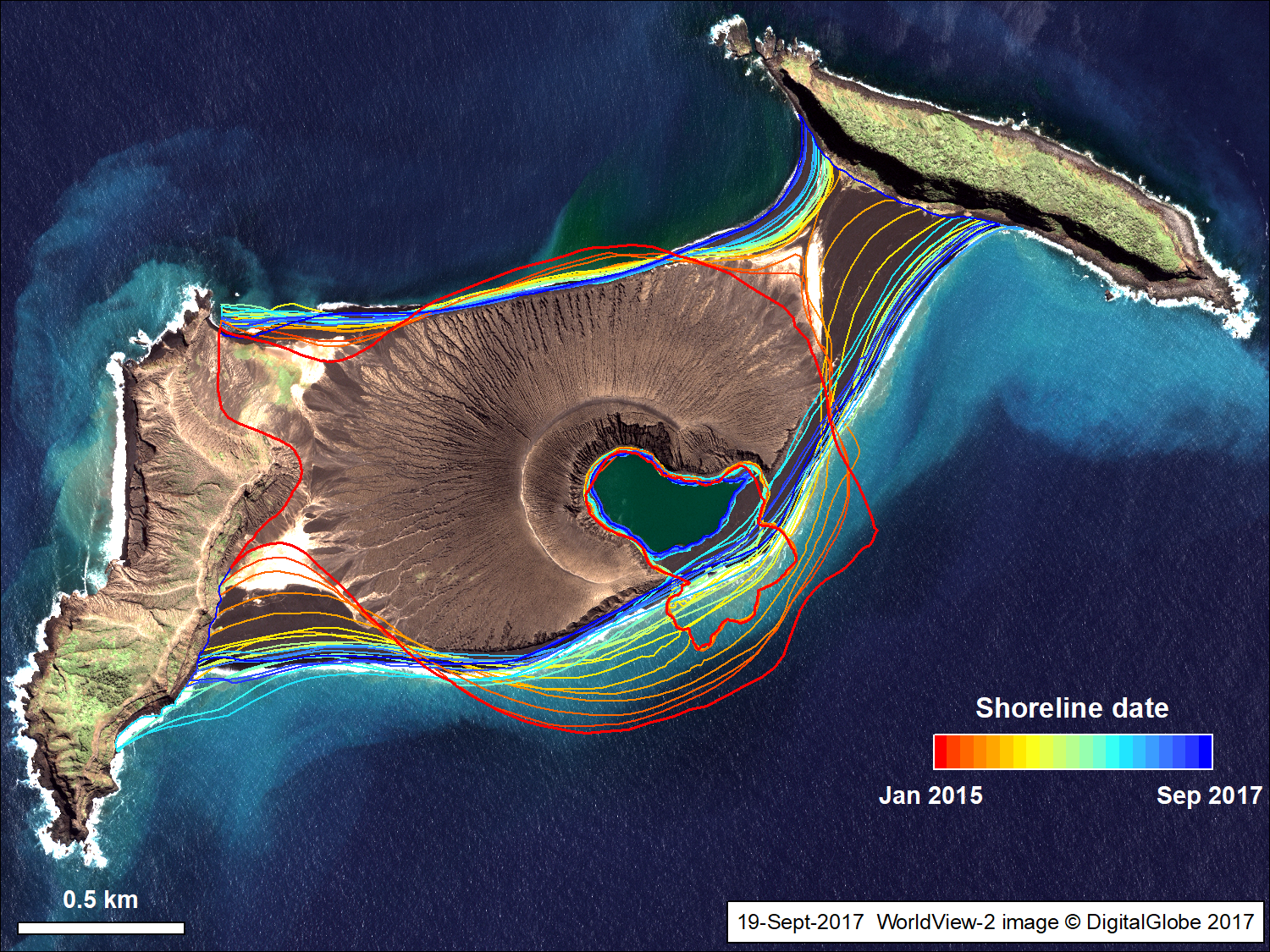
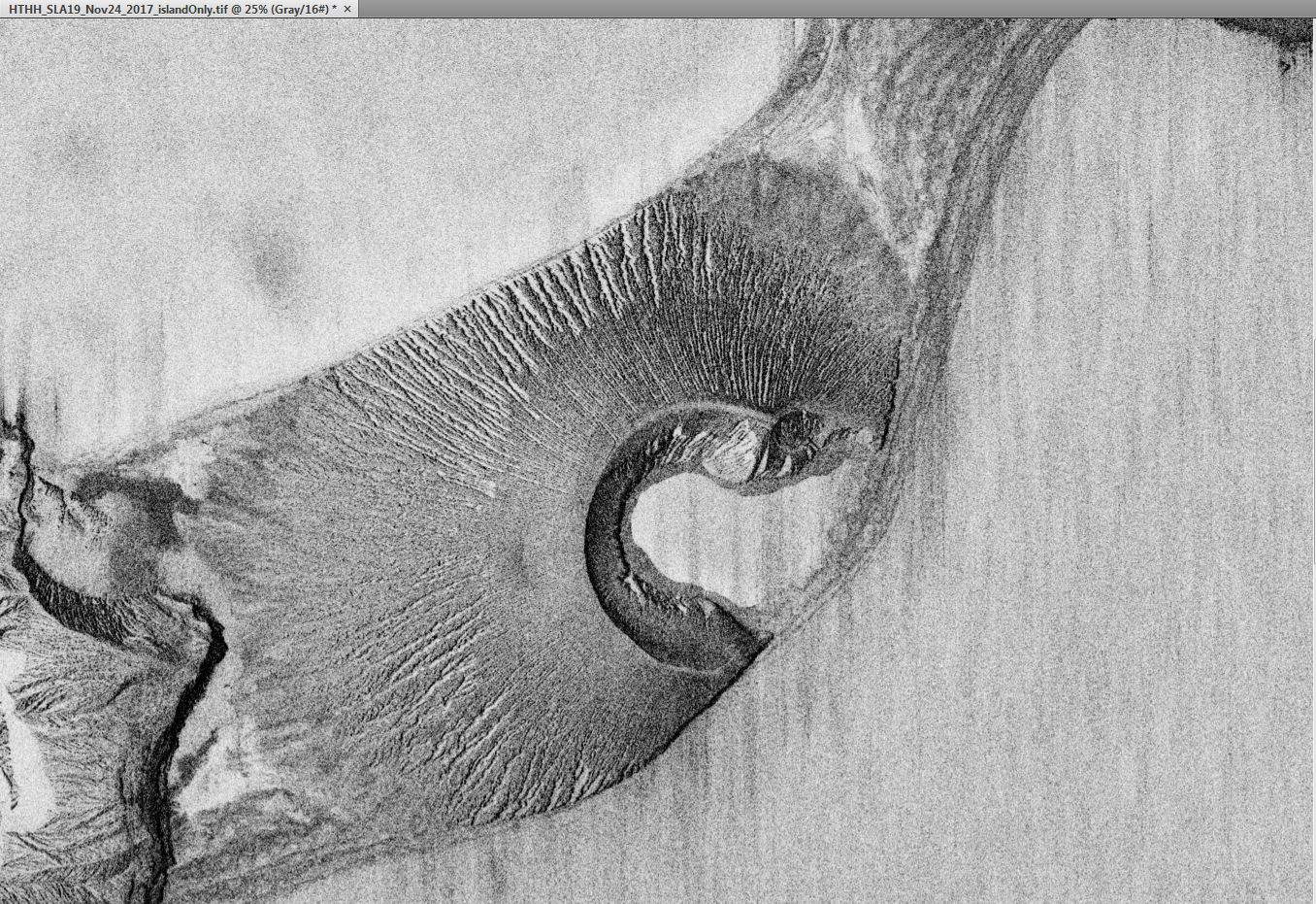
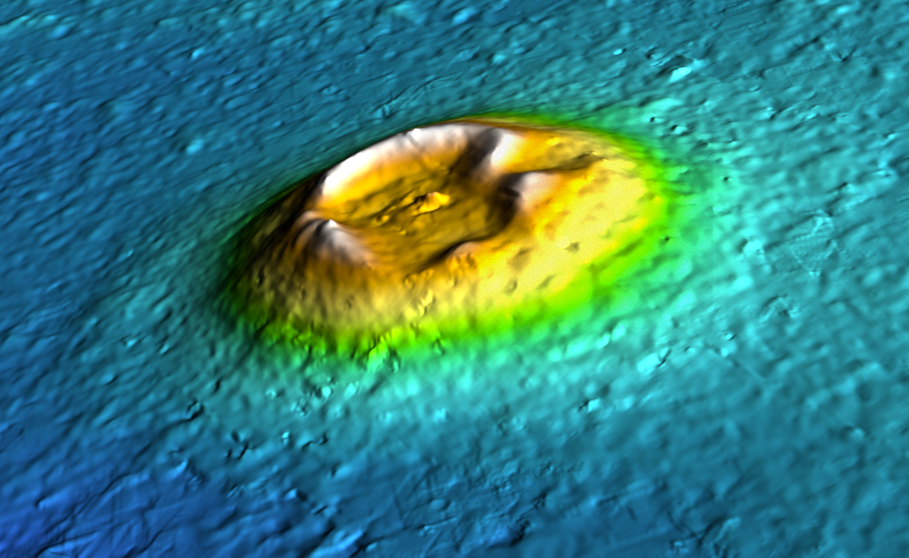
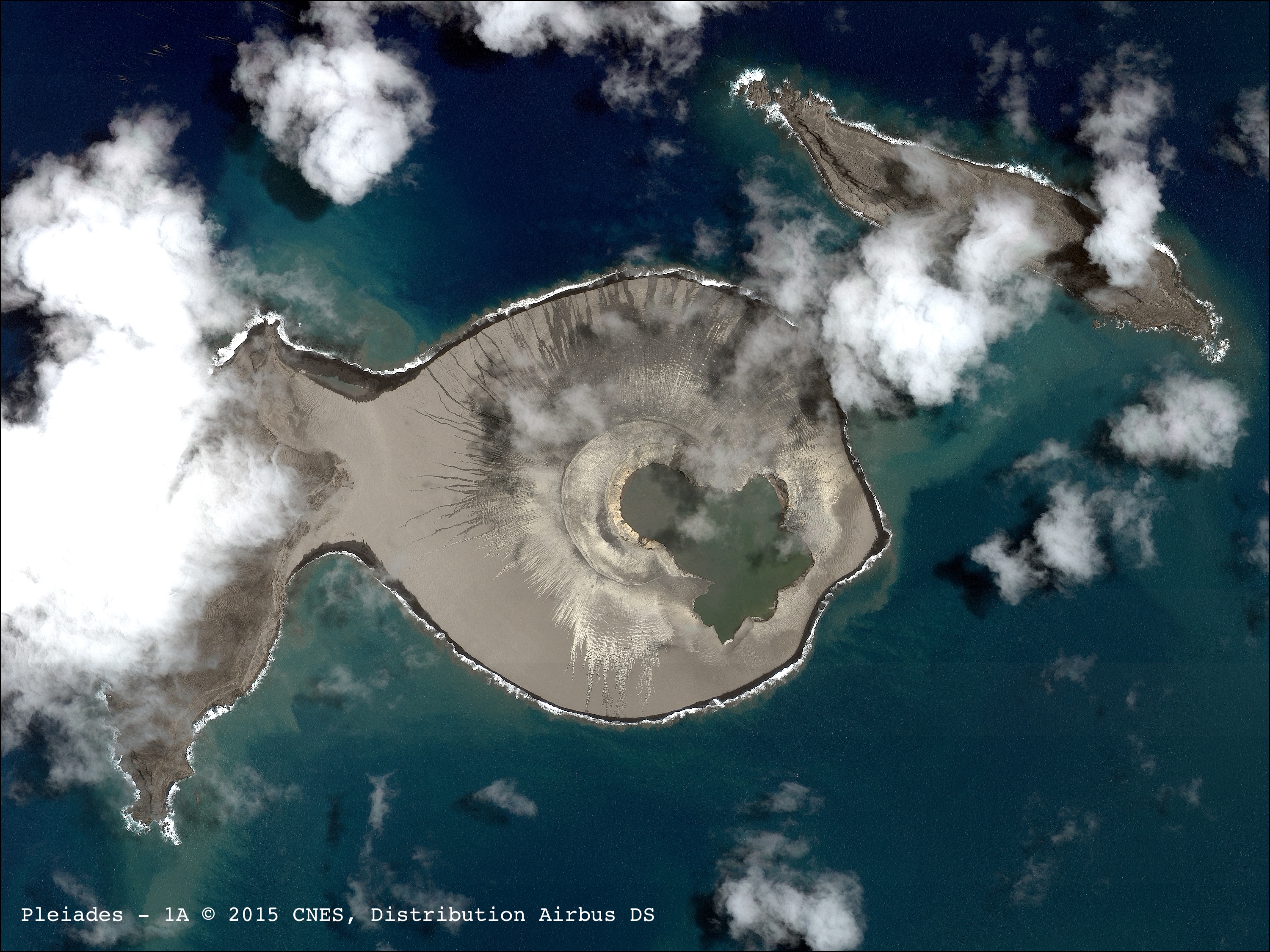
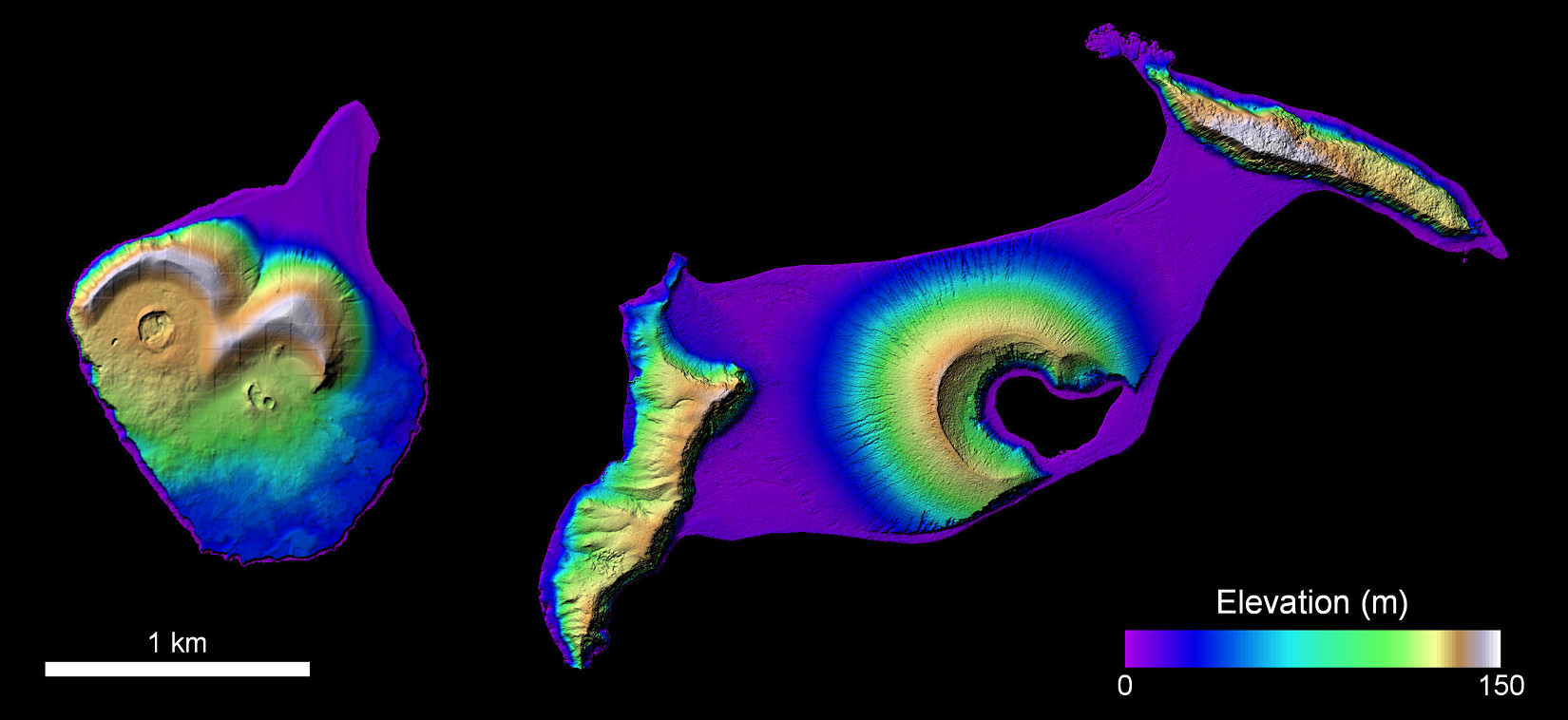
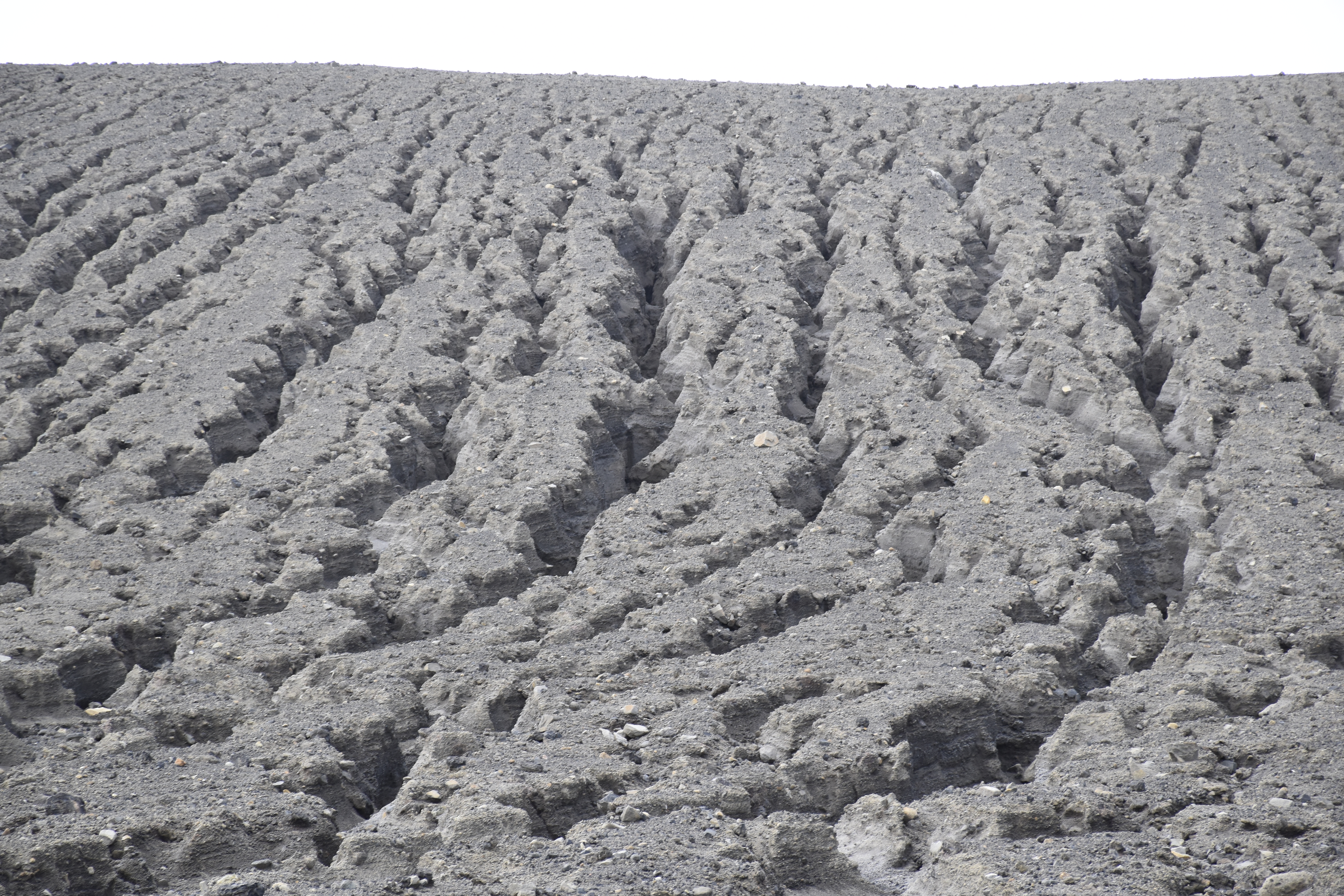
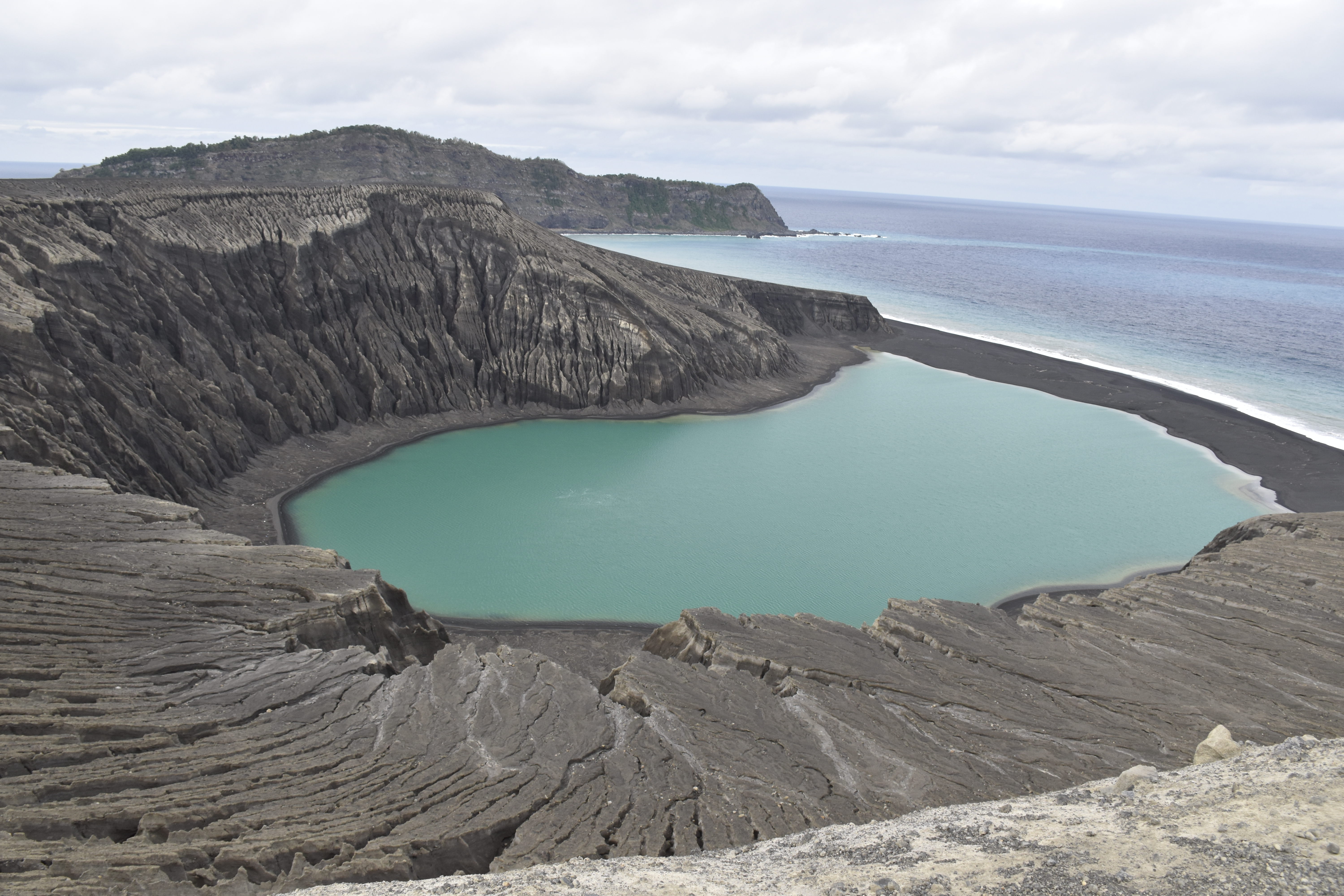
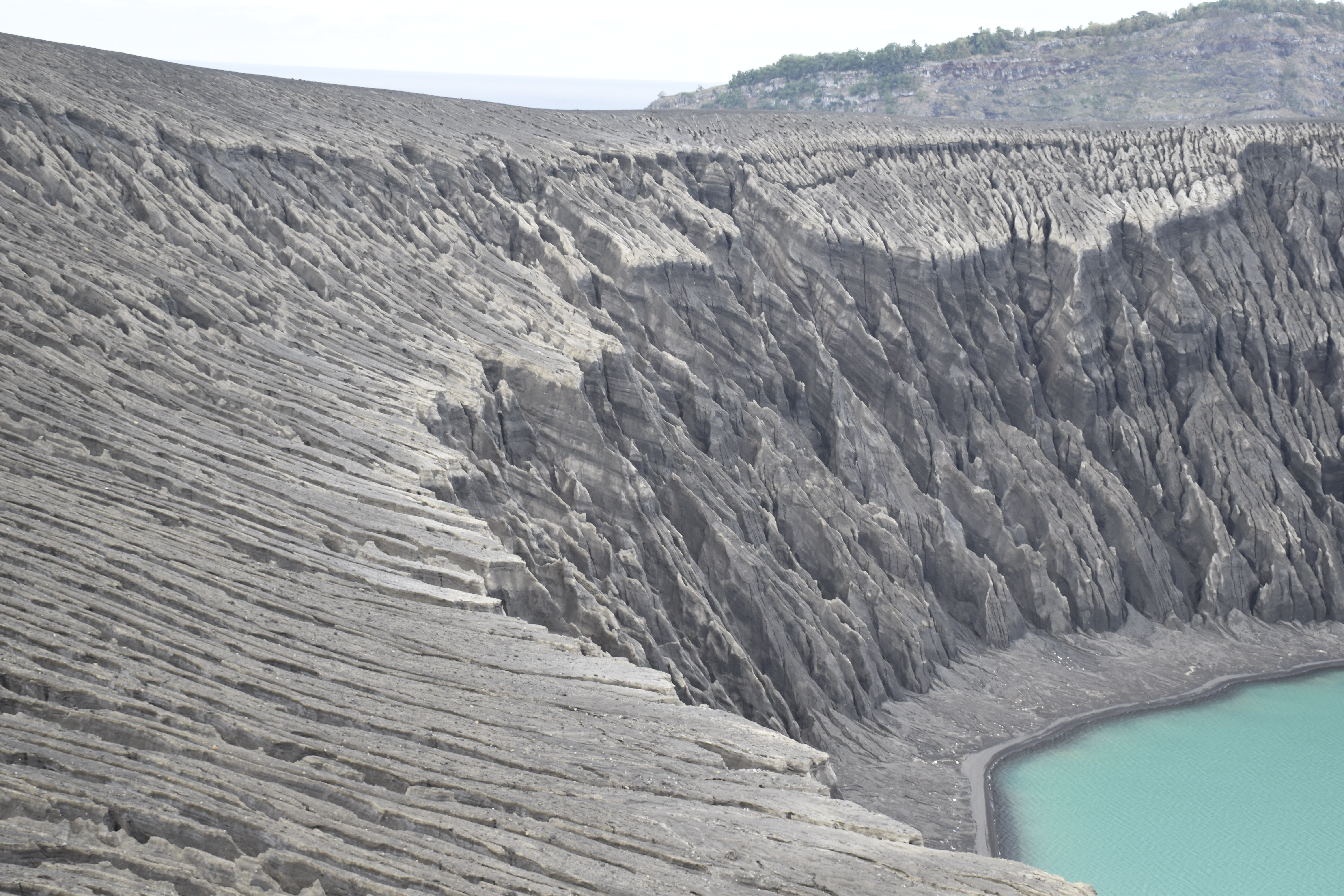
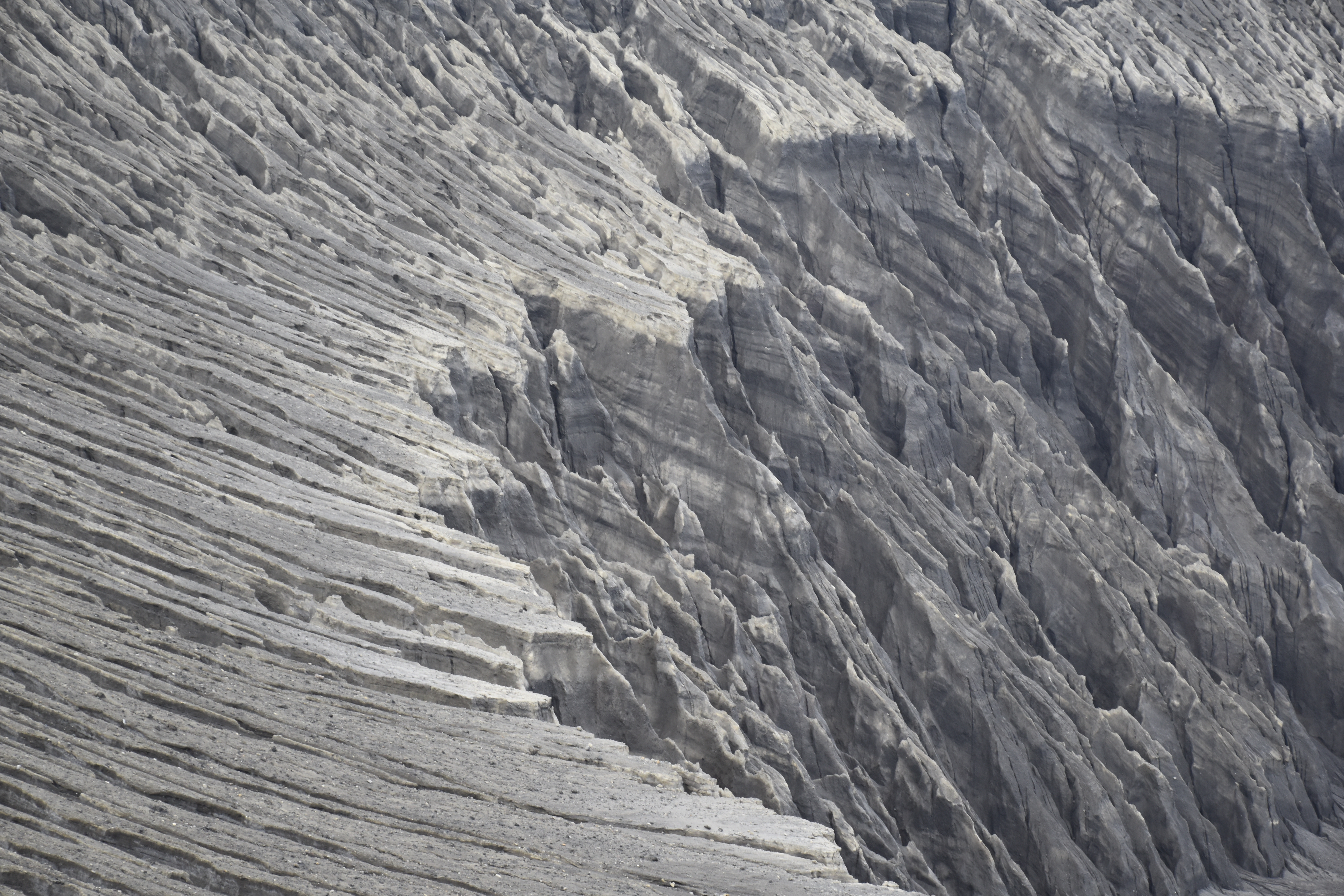
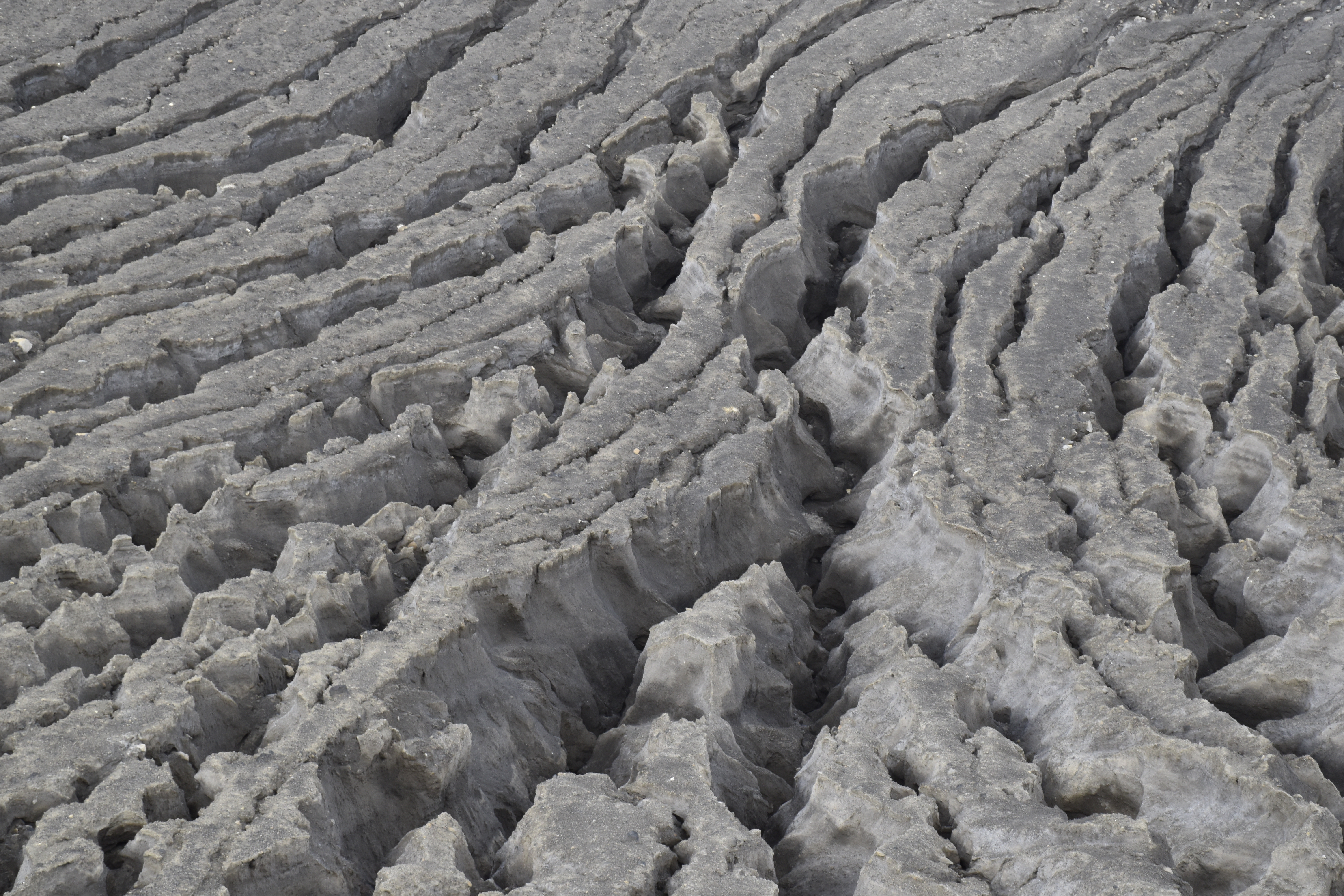
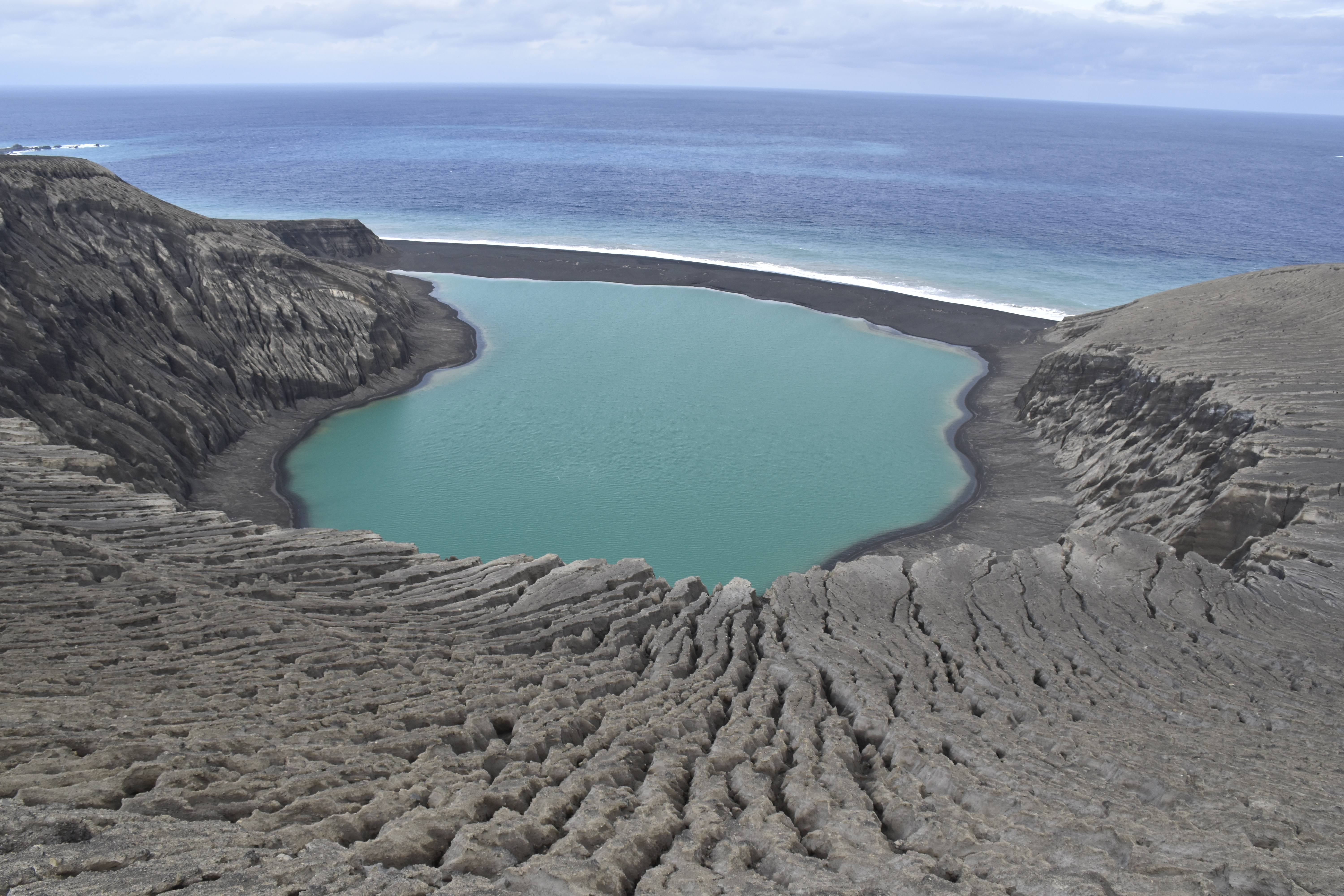
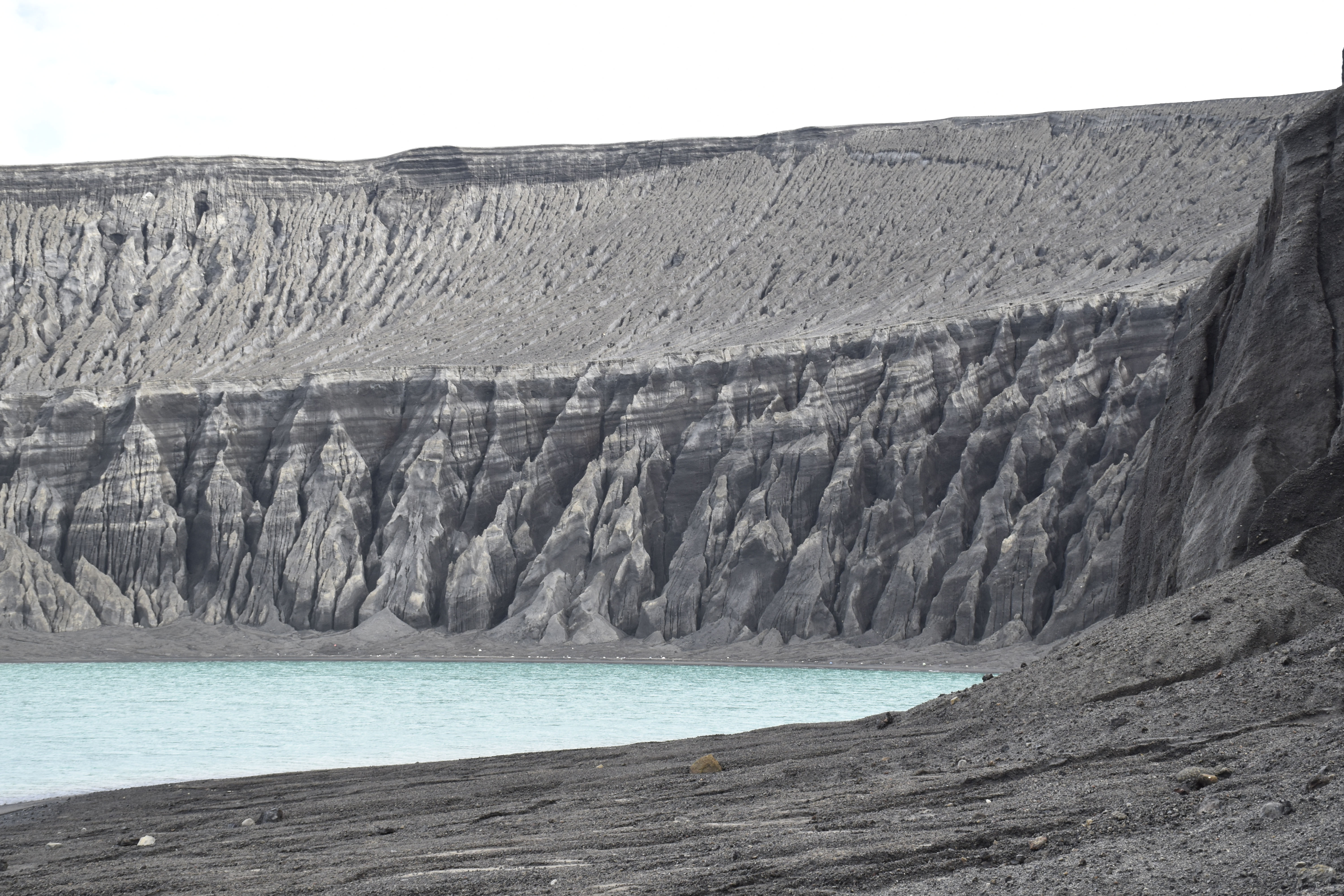

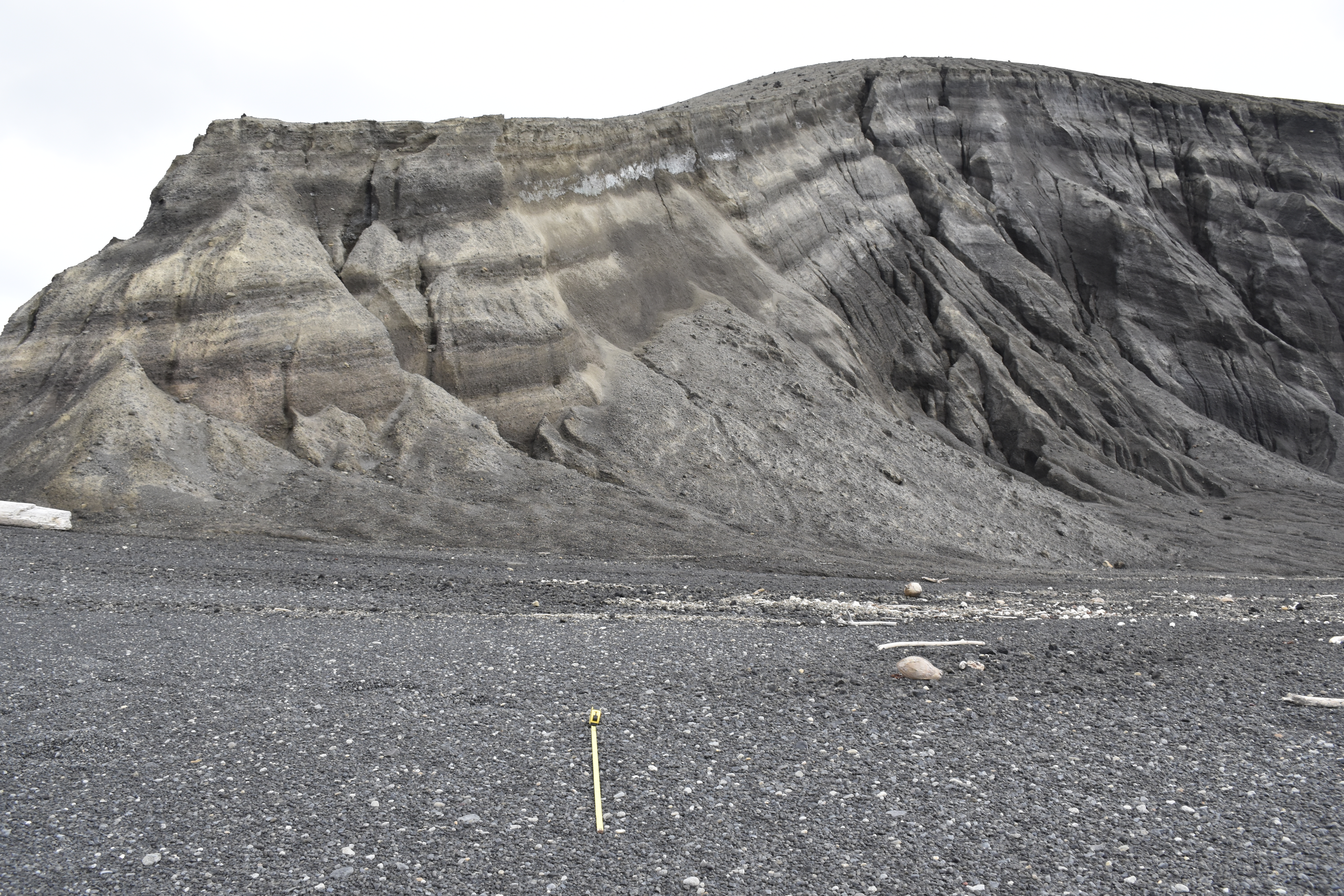
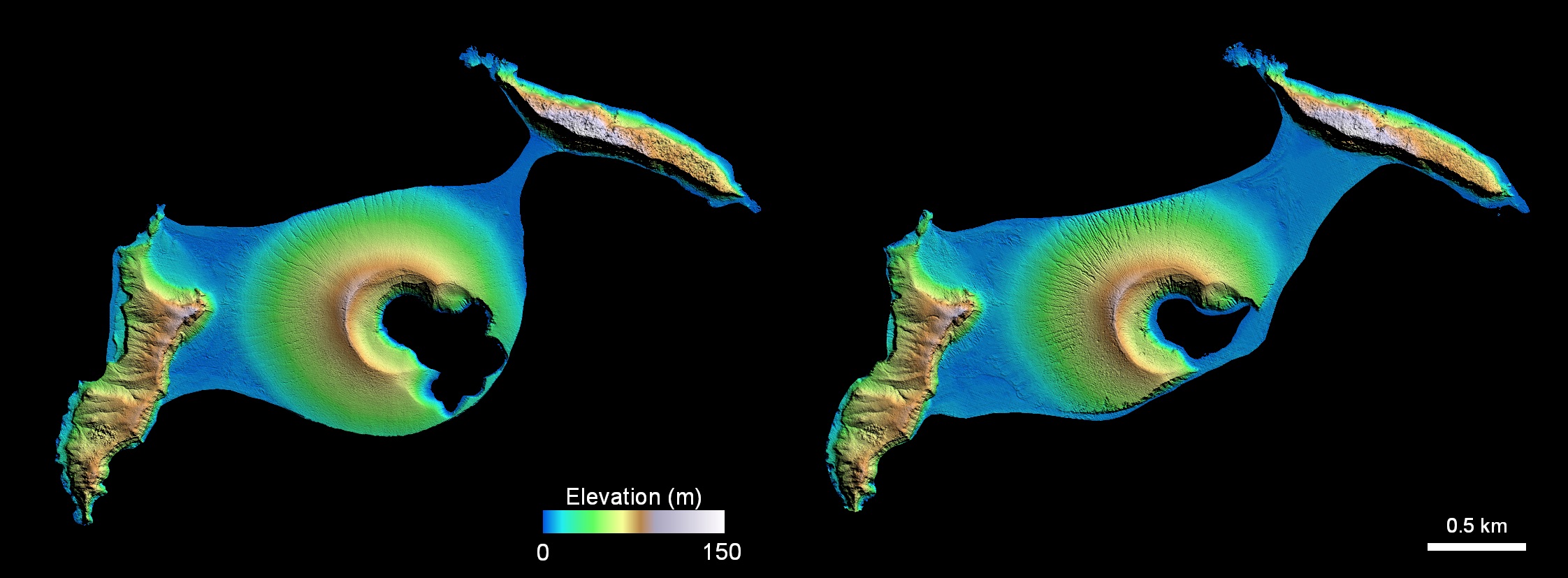
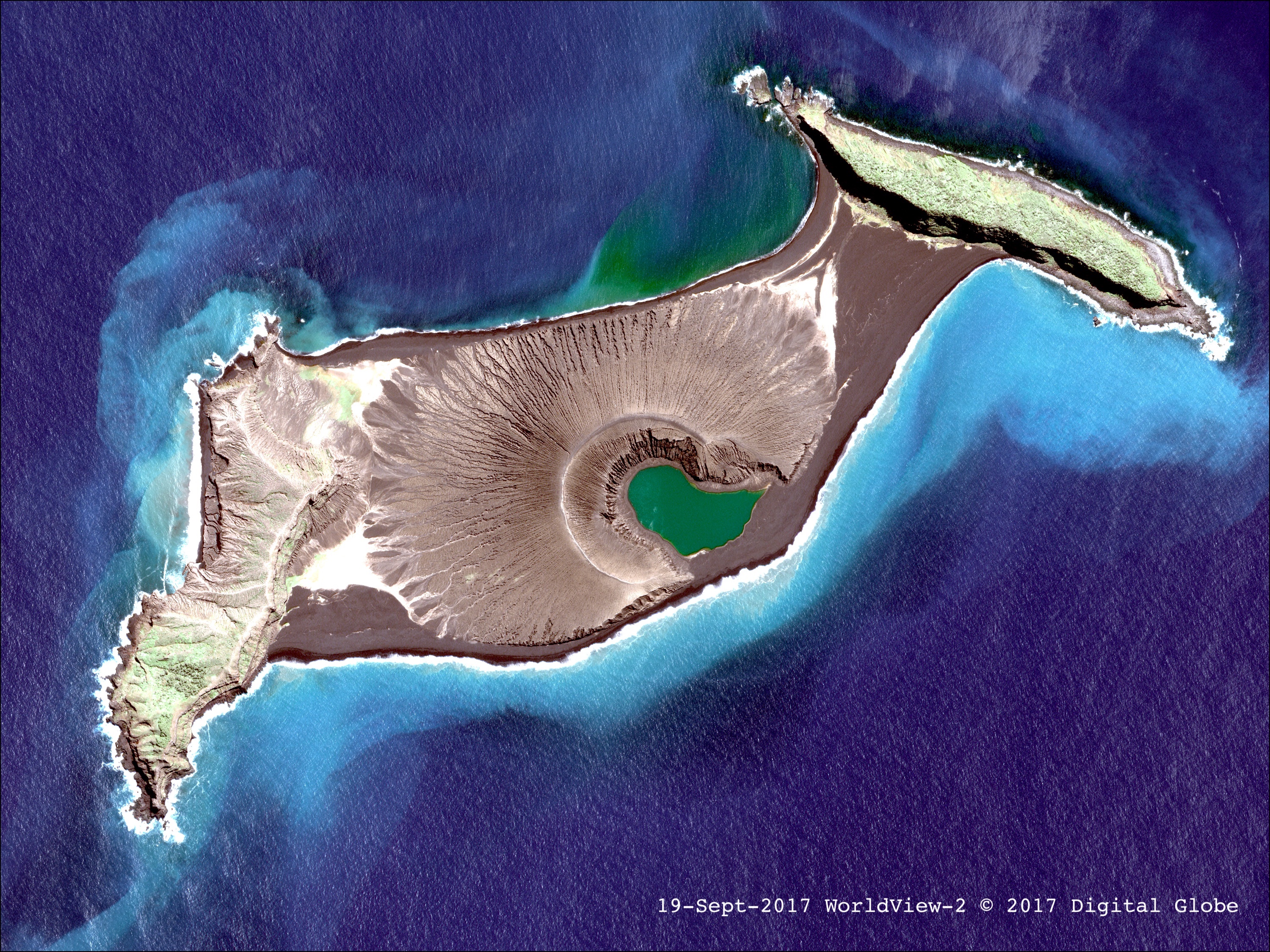
The Birth of a New Island: Press Materials
The newly formed Tongan island, unofficially known as Hunga Tonga-Hunga Ha'apai after its neighbors, was initially projected to last a few months. Now it has a 6- to 30-year lease on life, according to a new NASA study.
Hunga Tonga-Hunga Ha'apai is the first island of this type to erupt and persist in the modern satellite era, it gives scientists an unprecedented view from space of its early life and evolution. The new study offers insight into its longevity and the erosion that shapes new islands. Understanding these processes could also provide insights into similar features in other parts of the solar system, including Mars.
"Volcanic islands are some of the simplest landforms to make," said first author Jim Garvin, chief scientist of NASA's Goddard Space Flight Center in Greenbelt, Maryland. "Our interest is to calculate how much the 3D landscape changes over time, particularly its volume, which has only been measured a few times at other such islands. It's the first step to understand erosion rates and processes and to decipher why it has persisted longer than most people expected."
The Tongan island is the third “surtseyan” volcanic island in the last 150 years to emerge and persist for more than a few months. Surtsey is an island that began forming during a similar kind of explosive, marine eruption off the coast of Iceland in 1963.
From the Tongan island’s beginning, it was tracked by monthly, high-resolution satellite observations, both with optical sensors and radar, which sees through clouds. Alerted to the volcanic eruption by NASA's Rapid Response program for the Moderate Resolution Imaging Spectroradiometer (MODIS) instruments, Garvin and his colleagues directed satellites to observe the island as soon as the eruption ended. Using this imagery, the research team made three-dimensional maps of the island’s topography and studied its changing coastlines and volume above sea level.
The team has calculated two potential scenarios affecting its lifetime. The first is a case of accelerated erosion by wave abrasion, which would destabilize the tuff cone in six to seven years, leaving only a land-bridge between the two adjacent older islands. The second scenario presumes a slower erosion rate, which leaves the tuff cone intact for about 25-30 years.
















Source Material
Alternate Version
Related
For More Information
Credits
LK Ward (USRA): Lead Producer
James Garvin (NASA, Chief Scientist Goddard): Lead Scientist
Daniel A. Slayback (SSAI): Scientist
Vicki Ferrini (Lamont-Doherty Earth Observatory, Columbia University): Scientist
Cindy Starr (Global Science and Technology, Inc.): Lead Visualizer
Ellen T. Gray (ADNET Systems, Inc.): Lead Writer
Kathryn Mersmann (USRA): Associate Producer
James Garvin (NASA, Chief Scientist Goddard): Lead Scientist
Daniel A. Slayback (SSAI): Scientist
Vicki Ferrini (Lamont-Doherty Earth Observatory, Columbia University): Scientist
Cindy Starr (Global Science and Technology, Inc.): Lead Visualizer
Ellen T. Gray (ADNET Systems, Inc.): Lead Writer
Kathryn Mersmann (USRA): Associate Producer
Please give credit for this item to:
NASA's Goddard Space Flight Center
NASA's Goddard Space Flight Center
Short URL to share this page:
https://svs.gsfc.nasa.gov/12800
This item is part of this series:
Narrated Movies
Keywords:
SVS >> HDTV
SVS >> Mars
GCMD >> Earth Science >> Biosphere >> Ecological Dynamics >> Life History
GCMD >> Earth Science >> Biosphere >> Terrestrial Ecosystems >> Islands
GCMD >> Location >> Tonga
NASA Science >> Earth
GCMD keywords can be found on the Internet with the following citation: Olsen, L.M., G. Major, K. Shein, J. Scialdone, S. Ritz, T. Stevens, M. Morahan, A. Aleman, R. Vogel, S. Leicester, H. Weir, M. Meaux, S. Grebas, C.Solomon, M. Holland, T. Northcutt, R. A. Restrepo, R. Bilodeau, 2013. NASA/Global Change Master Directory (GCMD) Earth Science Keywords. Version 8.0.0.0.0
https://svs.gsfc.nasa.gov/12800
This item is part of this series:
Narrated Movies
Keywords:
SVS >> HDTV
SVS >> Mars
GCMD >> Earth Science >> Biosphere >> Ecological Dynamics >> Life History
GCMD >> Earth Science >> Biosphere >> Terrestrial Ecosystems >> Islands
GCMD >> Location >> Tonga
NASA Science >> Earth
GCMD keywords can be found on the Internet with the following citation: Olsen, L.M., G. Major, K. Shein, J. Scialdone, S. Ritz, T. Stevens, M. Morahan, A. Aleman, R. Vogel, S. Leicester, H. Weir, M. Meaux, S. Grebas, C.Solomon, M. Holland, T. Northcutt, R. A. Restrepo, R. Bilodeau, 2013. NASA/Global Change Master Directory (GCMD) Earth Science Keywords. Version 8.0.0.0.0
